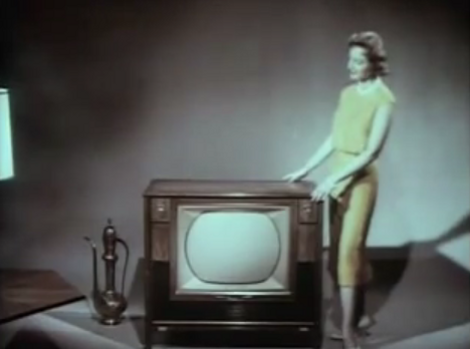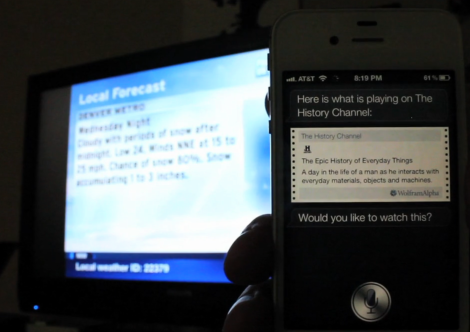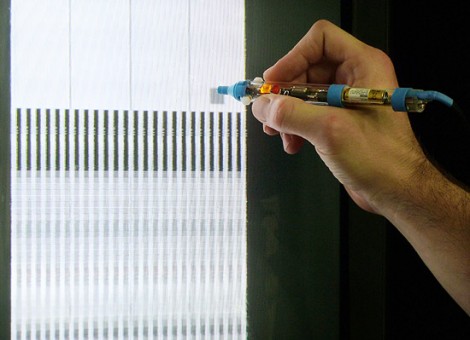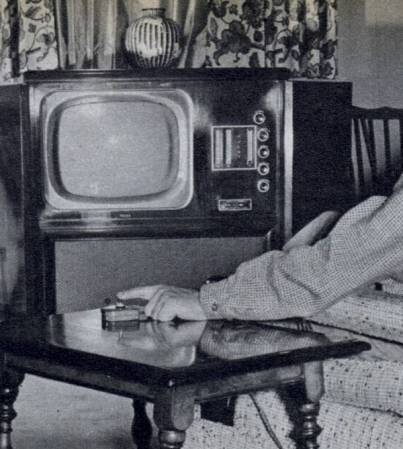Ah, the days when a television was a solid piece of furniture. When it comes to moving, we can’t say we miss it. But looking at this wooden TV cabinet with storage for its 7-function remote we can’t help but think that today’s TVs seem more… trivial… when it comes to the layout of the living room.
The promotional video that goes with this model is a gem of a different era. As you probably have heard, this week [Eugene Polley] passed away. He is credited with inventing the first wireless television remote control. It was not nearly as advance as what’s shown in the video after the break. Instead, it used visible light in conjunction with four light sensors at each corner of the CRT screen. You could turn the set on and off, and flip through channels, but sometimes with the right lighting conditions the set would change all by itself. We wonder if you’d ever come home to find the TV has mysteriously flipped itself on?
Continue reading “Retrotechtacular: 7-function Remote Control Color Television”
















